What Is Winterization For Irrigation Systems?
There is often some confusion about the term “Winterization” when it comes to irrigation systems. Many people are often unsure of what it means, and why they need to winterize their systems in the first place. Throughout this article, we’re going to take a look at what irrigation systems are, and why they are important.
We’ll also be taking a look at what you should do if your irrigation system needs winterizing.
What Is Winterization?
Winterization is an essential process for irrigation systems during the colder stages of the year.
It helps prepare your irrigation system for the cold months ahead so that the water inside does not freeze. This is done by removing all the water from the system.
Why Is It Important?
If the water in your irrigation system was to freeze, it would likely cause damage. Next spring, you would then have to pay for several costly repairs, just to get your system going again.
Instead, you can avoid these costly repairs by winterizing your irrigation system. This saves time and money in the spring.
When Should You Perform Winterization?
The best time to start winterization is before the temperature starts dropping.
Usually, that would be October to early November. If you are reading this when the post is going live, you should probably start now.
Once the temperature drops below 32 Fahrenheit, the water in your pipes could freeze and cause damage. This is why it makes sense to be a little early, as it will allow you to be safe.
Can I do It Myself?
It depends.
Various factors affect how hard it is to winterize your irrigation system.
Some of them include:
- Type of irrigation system
- Your expertise
- Your Time
If you do have the time and expertise to do it, then sure. However, the probably biggest reason why most people do not do it themselves is because of the cost of a backflow preventer. They can cost you anywhere from $200-$1000, while a professional winterization service costs less.
Here’s a brief guideline of the steps you need to take to winterize your irrigation system:
- Remove the water supply to the irrigation system
- Insulate any piping with foam or tape
- Turn off any timers
- Drain the pipes
- Protect backflow preventers and valves
Let Us Help You.
If you feel that you need help with winterizing your irrigation system, we’re here to help.
We have winterized many irrigation systems, meaning you will know that yours is in good hands.
You can contact us today and we’ll see how we can winterize your irrigation system in the best possible way.
Winterizing Irrigation Systems: Frequently Asked Questions
Lastly, we wanted to cover some frequently asked questions about winterizing irrigation systems. But if you have any further questions, you can also contact us here.
Do You Really Need To Winterize An Irrigation System?
If the temperature drops below 32 degrees Fahrenheit during winter, then yes you will. Otherwise, the water will freeze in the pipes and damage your system.
Then, you’ll need to pay for several costly repairs in spring. It wouldn’t be the smartest move to not winterize your irrigation system, if you know temperates drop below 32 degrees.
Can I Winterize My Irrigation System Without a Backflow Preventer?
Potentially. The only way you can do this is your irrigation lines are angled at a downhill slope. If this is the case, you can just turn off the water supply and open the drain valves at every zone.
Where Can I Buy a Backflow Preventer?
Backflow preventers can be purchased online or at your closest retailer. On average, they’ll cost you anywhere from $200 to $1000 which is why many people prefer to opt for a professional service, as it usually costs less.


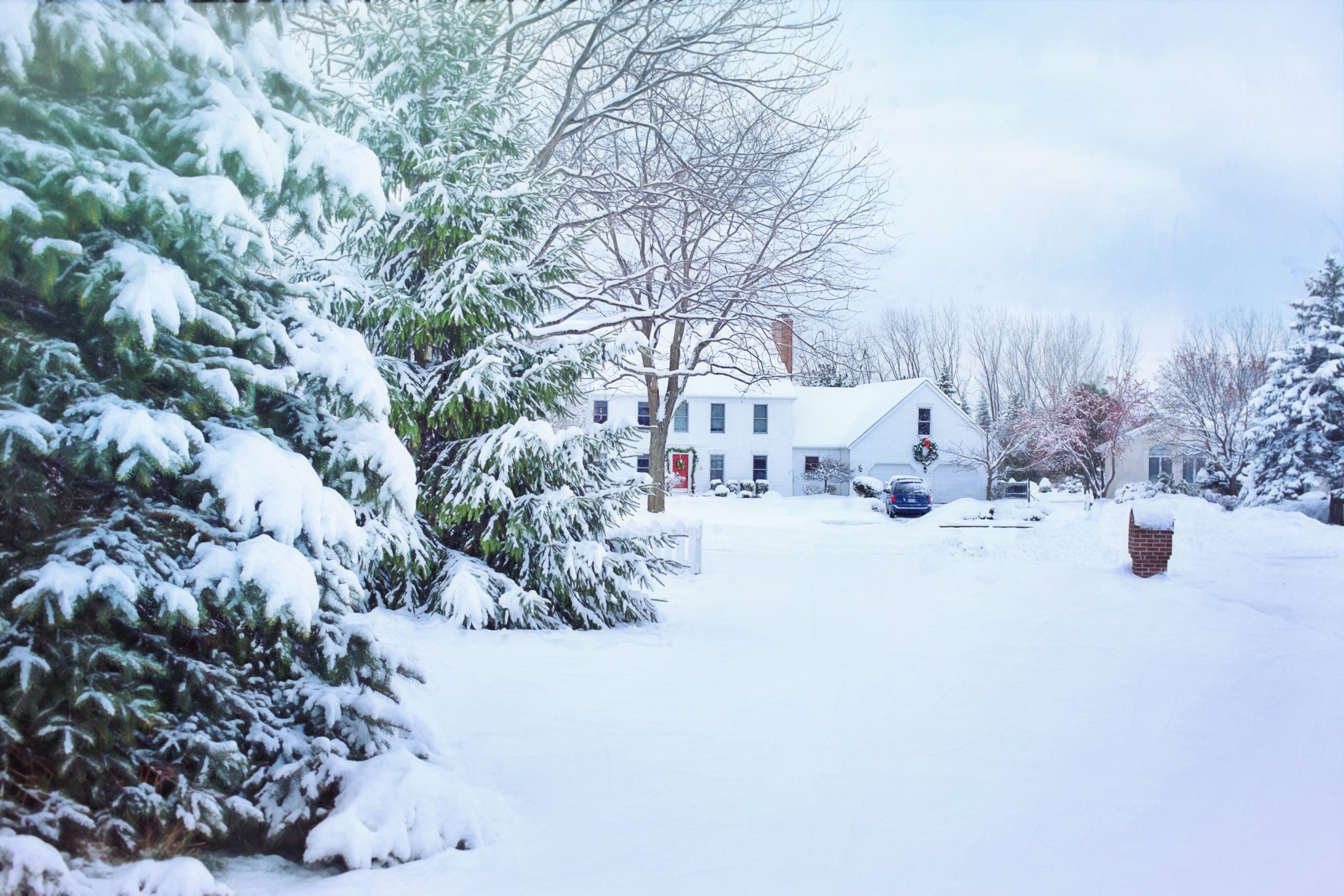
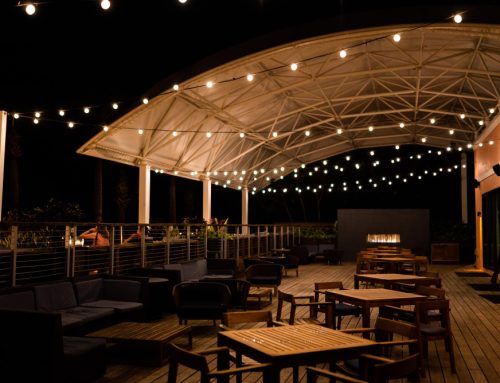
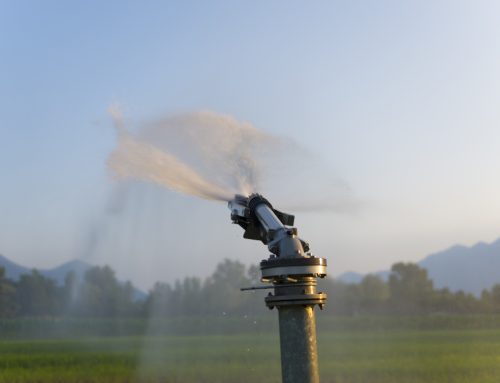
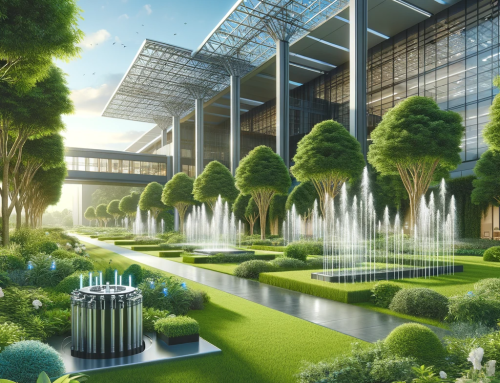
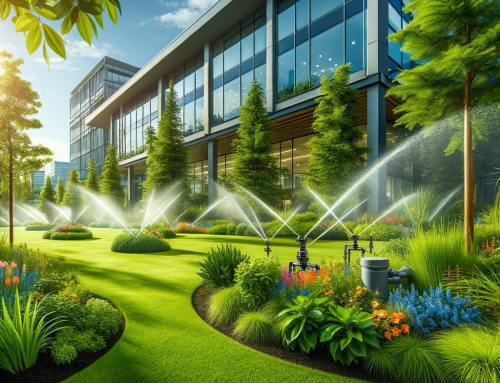
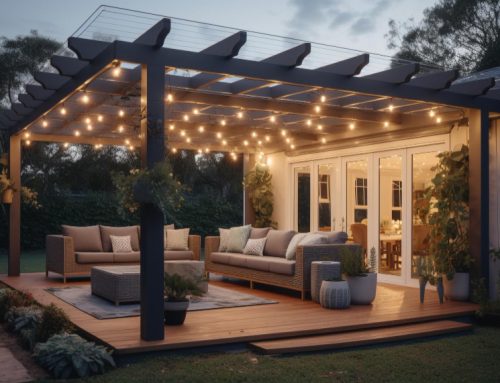
http://buypriligyhop.com/ – better business bureau online pharmacy priligy
https://buyzithromaxinf.com/ – valtrex x zovirax
تعرفه بسته بندی اثاثیه منزل
بسته بندی وسایل منزل